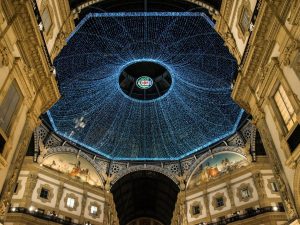Tuscany, located in central Italy, is one of the most iconic and beloved wine regions in the world. Known for its rolling hills, cypress-lined roads, and picturesque villages, Tuscany is a must-visit destination for any wine lover. Tuscan wines are considered some of the most sophisticated and interesting wine in Italy.
The region’s winemaking history dates back to the Etruscans, and today, it is home to some of Italy’s most famous and sought-after wines.
If you’re interesting in knowing better, all the other Italian wines, you might like this article Italian Wine 101: A Beginner’s Guide To Italy’s Wine
Red Tuscan Wines
Sangiovese Grape
At the heart of Tuscan wine production is the Sangiovese grape. This versatile grape is used to produce a wide range of wines, from light and fruity to bold and complex. Sangiovese is known for its high acidity, firm tannins, and flavors of cherry, tomato, and herbs.
It’s still surprising to me how one kind of grape can make such huge varieties of wine. You can find smooth and rich wine, as well as tart and dry.
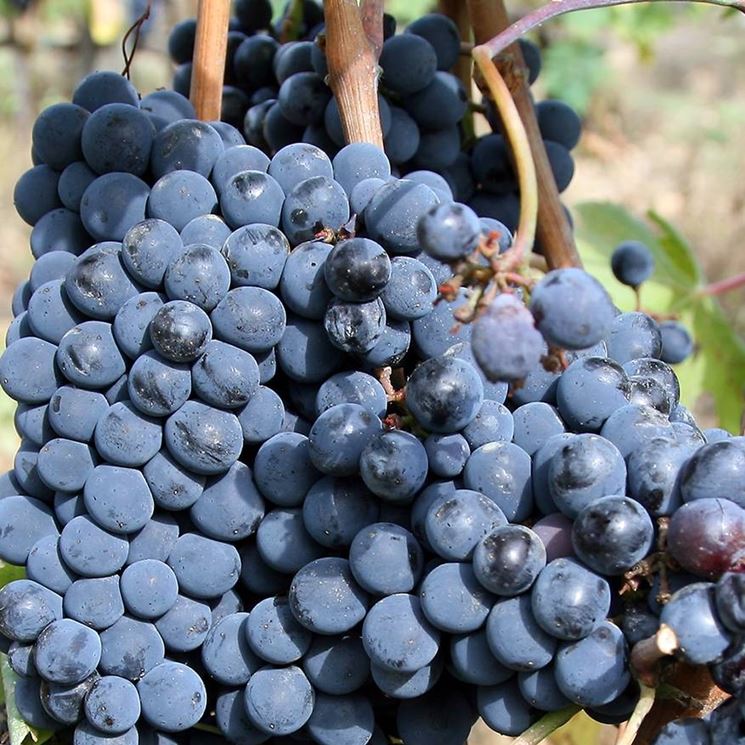
Sangiovese Grapes
Chianti
Perhaps the most famous wine produced in Tuscany is Chianti. This red wine is made primarily from Sangiovese (must have at least 80% of Sangiovese grapes) and is known for its medium/full body, high acidity, tannic and flavors of red fruit and herbs.
The wine is typically aged in oak barrels for a period of 11 to 24 months, particularly in the case of Chianti Classico, which is a higher-quality classification of Chianti.
The aging process in oak, along with the natural characteristics of the Sangiovese grape, contributes to Chianti’s notable tannin structure. Tannins are compounds found in grape skins, seeds, and stems, as well as in oak barrels, which can impart a sense of dryness, bitterness, and astringency to the wine.
As a result of its tannins and oak aging, Chianti often exhibits a rustic and earthy character. When tasting Chianti wine may showcase hints of dried herbs, and smoke, which can be attributed to the wine’s aging process and the influence of the oak barrels.
Chianti is produced in several sub-zones, each with its own unique characteristics:
-
- Chianti Classico: Produced in the heart of the Chianti region, these wines are known for their complexity and aging potential.
-
- Chianti Rufina: Grown in the northeastern part of the region, high altitude vineyards these wines are known for their elegance and finesse. The temperature at night is cold, this helps the gatpes to make a ticker skin
-
- Chianti Colli Senesi: Produced in the hills around Siena, these wines are known for their approachability and value.
Overall, Chianti’s combination of medium body, prominent tannins, and complex flavor profile, featuring both fruit and earthy notes, makes it a distinctive and widely appreciated Italian red wine.
Brunello di Montalcino
Another iconic Tuscan wine is Brunello di Montalcino. This bold red wine is made exclusively from 100% Sangiovese grapes grown in the town of Montalcino. Brunello is known for its intense flavors of cherry, leather, and spice, as well as its long aging potential. These wines are often considered some of the finest in Italy.
These wines are known for their intense flavors of cherry, leather, and spice, as well as their long aging potential. Brunello is often considered one of the finest Italian wines.
Vino Nobile di Montepulciano
Vino Nobile di Montepulciano is another prestigious Tuscan wine made primarily from Sangiovese grapes. Produced in the town of Montepulciano.
These wines are known for their elegance, complexity, and flavors of red fruit and spice.
Rosso Di Montalcino
Rosso di Montalcino has a brilliant and clear appearance, with a complex ruby color. On the nose, it has good intensity and fragrance, with recognizable aromas of fresh fruits. On the palate, the wine is harmoniously dry, with vigor and freshness, and good aromatic persistence.
Red Tuscan Wines Differences and similarities: Brunello, Vino Nobile, Rosso
Brunello di Montalcino and Vino Nobile di Montepulciano are different wines with some similarities, including their geographic proximity. Both use Sangiovese grapes, but Brunello uses only Sangiovese Grosso, while Nobile uses 70% Prugnolo Gentile (a Sangiovese clone) and up to 30% other red grapes, with white grapes allowed up to 5%.
Rosso di Montepulciano is considered the base wine for Nobile, with stricter production specifications. A key difference is the aging period: Rosso ages for at least six months, while Nobile requires at least 2 years for the base wine and 3 years for the reserve.Copy
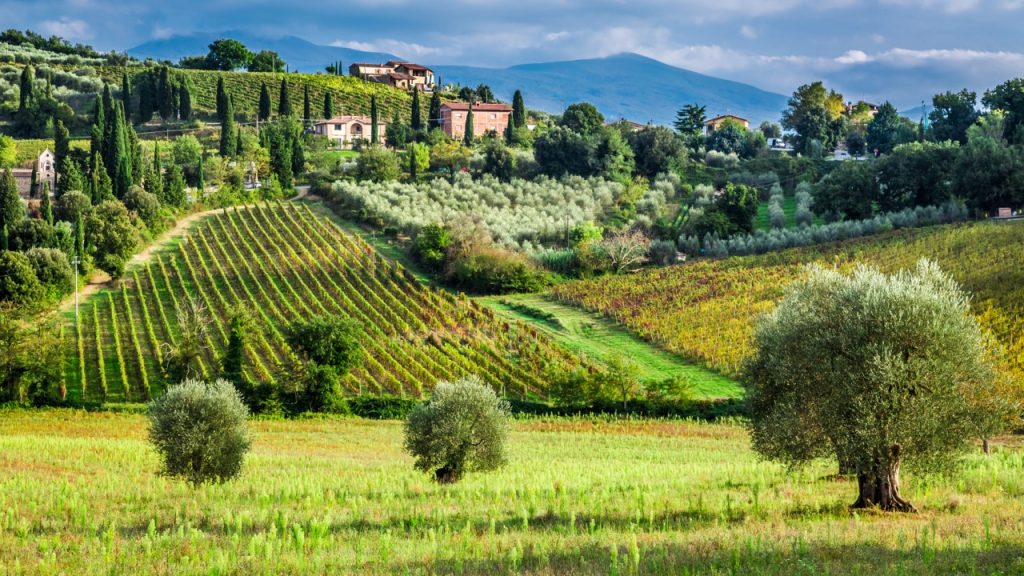
Vineyards and olive trees in a small village, Tuscany
Super Tuscans wines
Super Tuscan wines are a category of Italian wines that originated in Tuscany from Sangiovese grapes, but do not adhere to the traditional winemaking rules of the region.
These wines gained popularity in the 1970s and have since become well-known for their high quality and unique character.
Here are some key points about Super Tuscan wines:
-
- Grape varieties: Super Tuscans often incorporate non-indigenous grape varieties, such as Cabernet Sauvignon, Merlot, or Syrah, alongside or in place of the traditional Sangiovese grape.
-
- Origin: The concept of Super Tuscan wines began when some Tuscan winemakers started experimenting with non-traditional grape varieties and winemaking techniques, aiming to create wines that could compete with the world’s best.
-
- Classification: Initially, Super Tuscans were labeled as “vino da tavola” (table wine) because they did not conform to the DOC or DOCG regulations. However, in 1992, the IGT (Indicazione Geografica Tipica) category was created, which allowed these wines to be recognized for their unique qualities and origins.
-
- Style: Super Tuscan wines are known for their boldness, complexity, and aging potential. They often have intense flavors of ripe fruits, spices, and oak, with firm tannins and good structure.
-
- Famous examples: Some renowned Super Tuscan wines include Sassicaia, Ornellaia, Tignanello, Solaia, and Masseto. These wines are often sought-after by collectors and can command high prices.
-
- Influence: The success of Super Tuscan wines has inspired winemakers in other Italian regions and around the world to experiment with non-traditional grape varieties and winemaking techniques, leading to the creation of unique and high-quality wines.
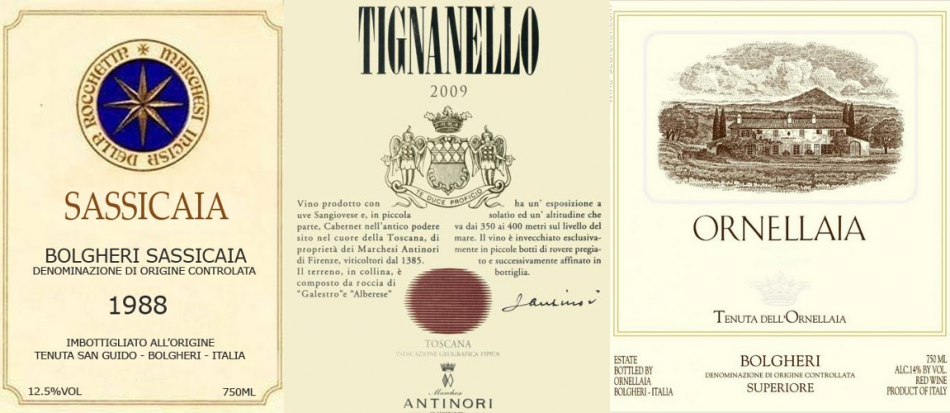
Super Tuscans
Super Tuscan wines have played a significant role in showcasing the potential of Tuscan winemaking and elevating the region’s reputation in the global wine market.
White and Dessert Tuscan Wines
While Tuscany is primarily known for its red wines, the region also produces some notable white wines. Here are a few key white wine varieties and appellations found in Tuscany:
-
- Vernaccia di San Gimignano: This is the most famous white wine from Tuscany, produced in the area surrounding the historic town of San Gimignano. Vernaccia is a crisp, dry white wine with notes of citrus, apple, and mineral. It was the first Italian wine to receive a DOC designation in 1966.
-
- Trebbiano Toscano: is widely planted in Tuscany and is often used as a blending grape in Chianti and other red wines. As a varietal wine, it is generally light-bodied and crisp, with subtle fruit flavors.
-
- Vermentino: This grape variety is grown in the coastal areas of Tuscany (and Sardinia), particularly in the Maremma region. Vermentino produces refreshing, light-bodied wines with notes of citrus, pear, and herbs, often with a slightly bitter almond finish.
-
- Ansonica (Inzolia): Ansonica (even though better known from Sicily) is another white grape variety grown in the coastal areas of Tuscany, especially in the Maremma and on the island of Elba. It produces medium-bodied wines with good acidity and flavors of citrus and tropical fruits.
-
- Malvasia: Several types of Malvasia grapes are grown in Tuscany, often used in blends or to produce sweet wines such as Vin Santo. As a dry varietal wine, Malvasia can produce aromatic, medium-bodied wines with notes of peach, apricot, and floral hints.
While not as renowned as Tuscan reds, these white wines offer a refreshing and diverse range of styles that complement the region’s culinary traditions.
Exploring Tuscan Wine
Tuscan wine is a true reflection of the region’s history, culture, and terroir. With its diverse range of wines, from traditional Sangiovese-based reds to innovative Super Tuscans, there is something for every wine lover to enjoy.
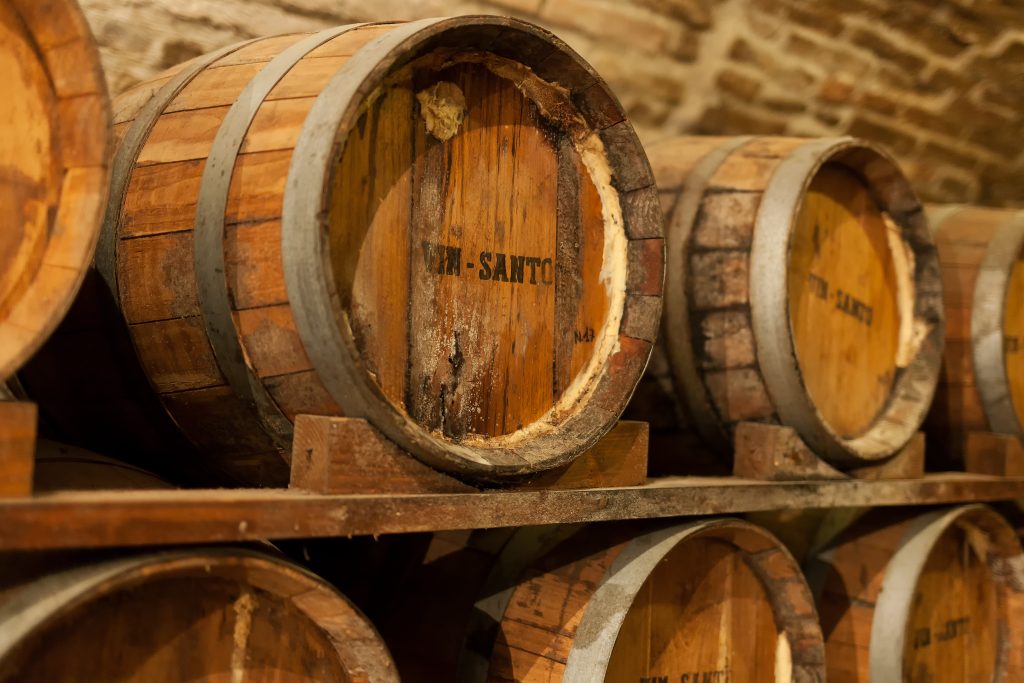
By exploring the different sub-zones and styles of Tuscan wine, you’ll gain a deeper appreciation for the region’s winemaking heritage and the passion that goes into every bottle.






